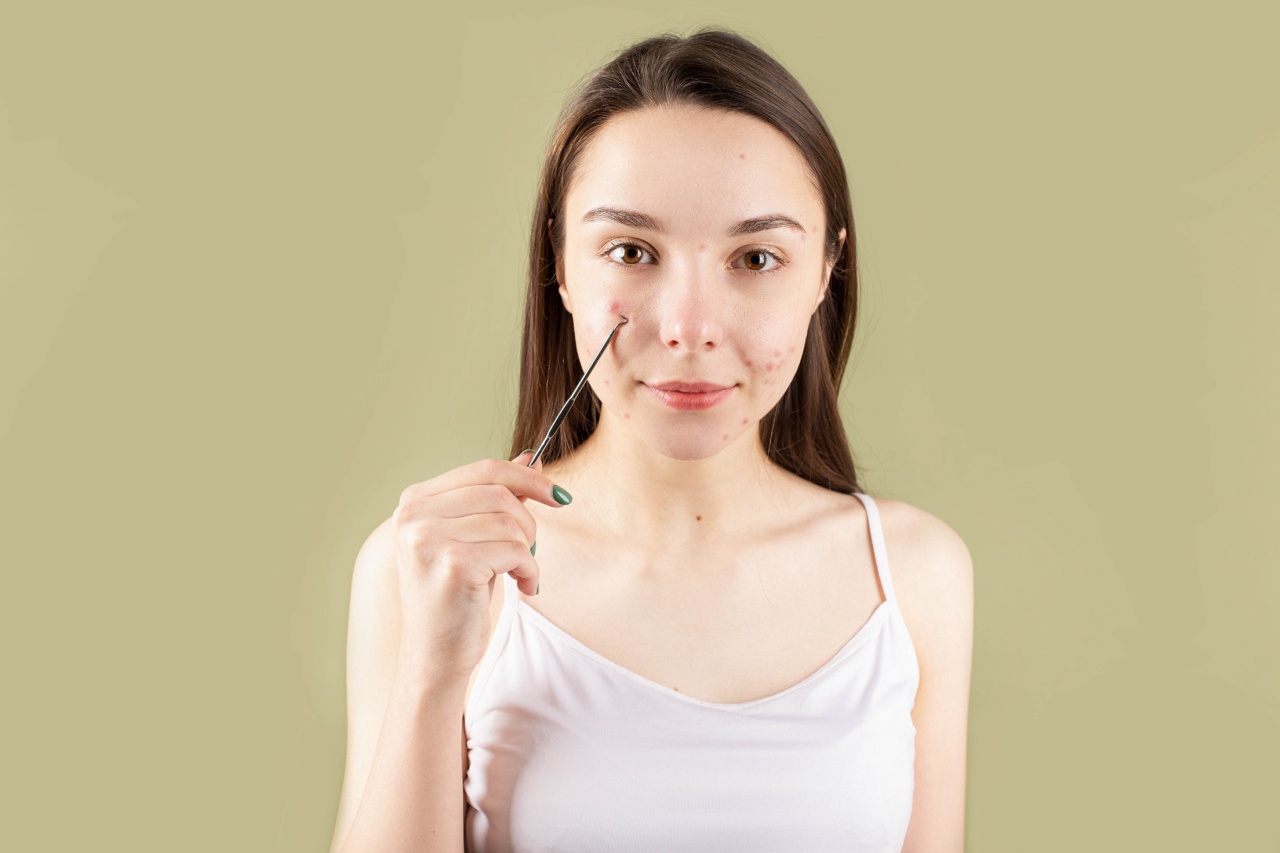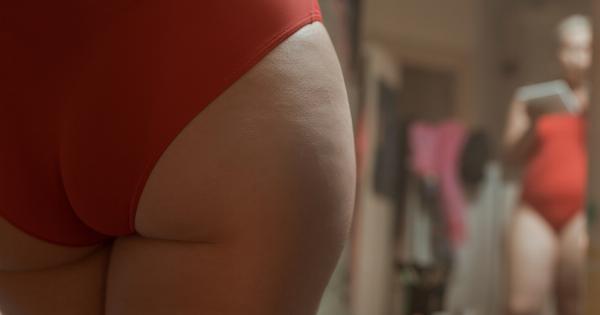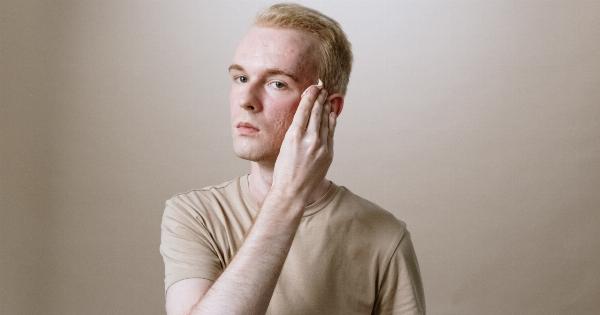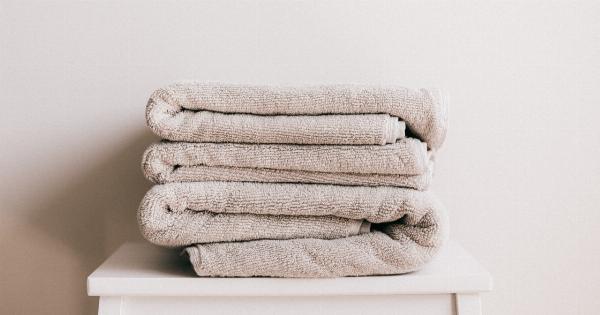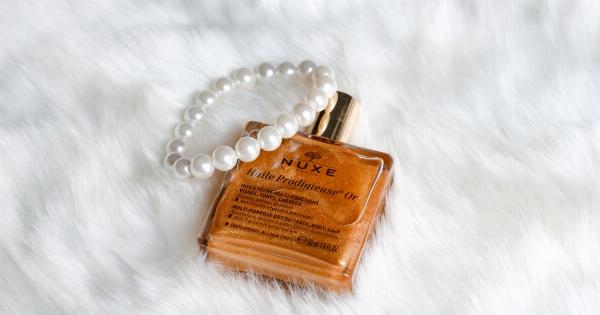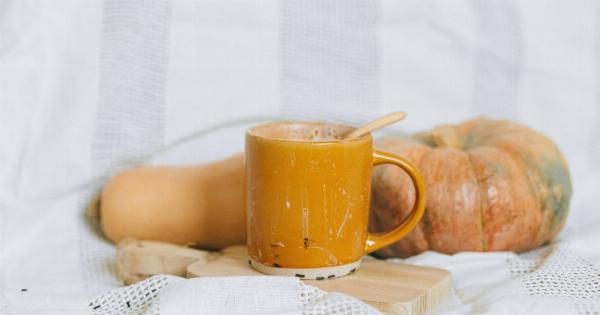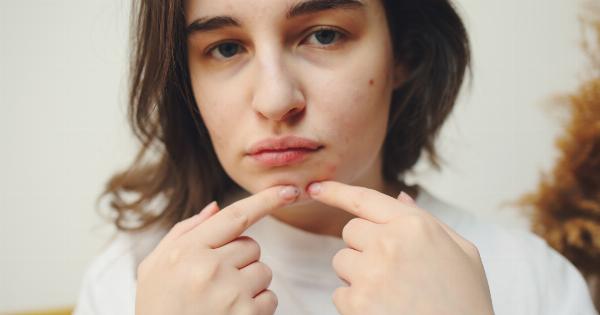Butt pimples, also known as butt acne or folliculitis, can be an uncomfortable and embarrassing skin condition that affects many people. These small, red bumps can appear on the buttocks and may cause itching, pain, and irritation.
Fortunately, there are several steps you can take to effectively treat and prevent butt pimples. In this article, we will explore the causes of butt pimples and provide some effective remedies to help you achieve clear, smooth skin.
Causes of Butt Pimples
1. Poor hygiene:.
Not maintaining proper hygiene in the buttocks area can contribute to the development of butt pimples. Sweat, bacteria, and dirt can clog the hair follicles, leading to inflammation and the formation of pimples.
2. Friction:.
Excessive friction in the buttocks area, especially from tight clothing or sitting for extended periods, can irritate the skin and contribute to butt pimples.
3. Bacterial or fungal infections:.
In some cases, bacteria or fungi can infect the hair follicles, causing them to become inflamed and resulting in butt pimples.
4. Hormonal imbalances:.
Hormonal fluctuations, particularly during puberty, can increase sebum production and lead to clogged pores and the formation of pimples on the buttocks.
How to Get Rid of Butt Pimples
1. Cleanse the area:.
Use a gentle cleanser to wash the buttocks area regularly, at least once or twice a day. Avoid using harsh soaps or scrubs that can further irritate the skin. Pat the area dry with a clean towel.
2. Exfoliate regularly:.
Exfoliation helps remove dead skin cells, unclog pores, and prevent the formation of butt pimples. Use a gentle exfoliating scrub and massage it onto the buttocks area in circular motions. Rinse off thoroughly.
3. Wear loose-fitting clothing:.
Avoid wearing tight-fitting clothes that can cause friction and irritation. Opt for breathable fabrics like cotton and choose underwear made of natural, moisture-wicking materials.
4. Keep the area dry:.
Moisture can promote bacterial growth and exacerbate butt pimples. After showering or exercising, make sure to thoroughly dry the buttocks area and avoid sitting in wet clothes for extended periods.
5. Use over-the-counter treatments:.
There are several over-the-counter creams and ointments available that contain ingredients like benzoyl peroxide or salicylic acid, which can help reduce inflammation and kill bacteria. Apply as directed.
6. Avoid popping or squeezing:.
While it may be tempting to pop or squeeze butt pimples, doing so can worsen inflammation, increase the risk of infection, and lead to scarring. It’s best to leave them alone and let them heal naturally.
7. Opt for natural remedies:.
Some natural ingredients have antibacterial and anti-inflammatory properties that can help treat butt pimples. Examples include tea tree oil, witch hazel, aloe vera, and apple cider vinegar. Dilute these ingredients and apply them to the affected area.
8. Maintain a healthy diet:.
Eating a balanced diet rich in fruits, vegetables, whole grains, and lean proteins can promote healthy skin and reduce inflammation. Stay hydrated by drinking plenty of water to flush out toxins.
9. Seek professional help:.
If butt pimples persist or worsen despite self-care measures, it may be beneficial to consult a dermatologist. They can provide prescription medications or recommend more intensive treatments like chemical peels or laser therapy.
10. Prevent future outbreaks:.
To prevent recurring butt pimples, it’s important to maintain good hygiene, wear breathable clothing, and avoid excessive sweating.
Regularly exfoliate and moisturize the buttocks area, and refrain from picking or popping any pimples that may appear.
Conclusion
Butt pimples can be a bothersome and uncomfortable skin condition, but with proper care and treatment, you can achieve clearer and smoother skin.
By incorporating good hygiene practices, exfoliation, and the use of suitable products, you can effectively manage and prevent butt pimples. If the condition persists or worsens, seeking professional advice from a dermatologist is recommended. Remember to be patient and consistent with your skincare routine, as it may take time to see noticeable improvements.
